
CHARGING AHEAD
Jennifer Madden, Director of Collections and Exhibitions
With the recent emphasis on the importance of electric cars, you may think that they are a recent invention. In fact, the first electric car was made in Scotland almost two hundred years ago! Of course, that vehicle was not any way practical for transportation, and it was more than a half-century before electric cars that could work in “real world” conditions were developed.
When the production of automobiles really got under way in the 1890s and the early 1900s, electric vehicles were as popular as gasoline or steam autos. In fact, in 1900 28% of the autos produced in America were electric. They were cleaner, quieter, and easier to start and operate than gas or steam cars.
These early years proved to be a boon for electric cars. They were known for being elegant and luxurious. Electrics were mechanically simple, easy to drive, and quiet, so bringing along a chauffeur was not required. Women had greater independence in an electric car – they could drive where they pleased without being accompanied. Auto makers directly marketed them to women using artwork that would appeal to their taste. In fact, both Clara Ford (Henry’s wife) and Mina Edison (Thomas’s wife) drove electric cars.
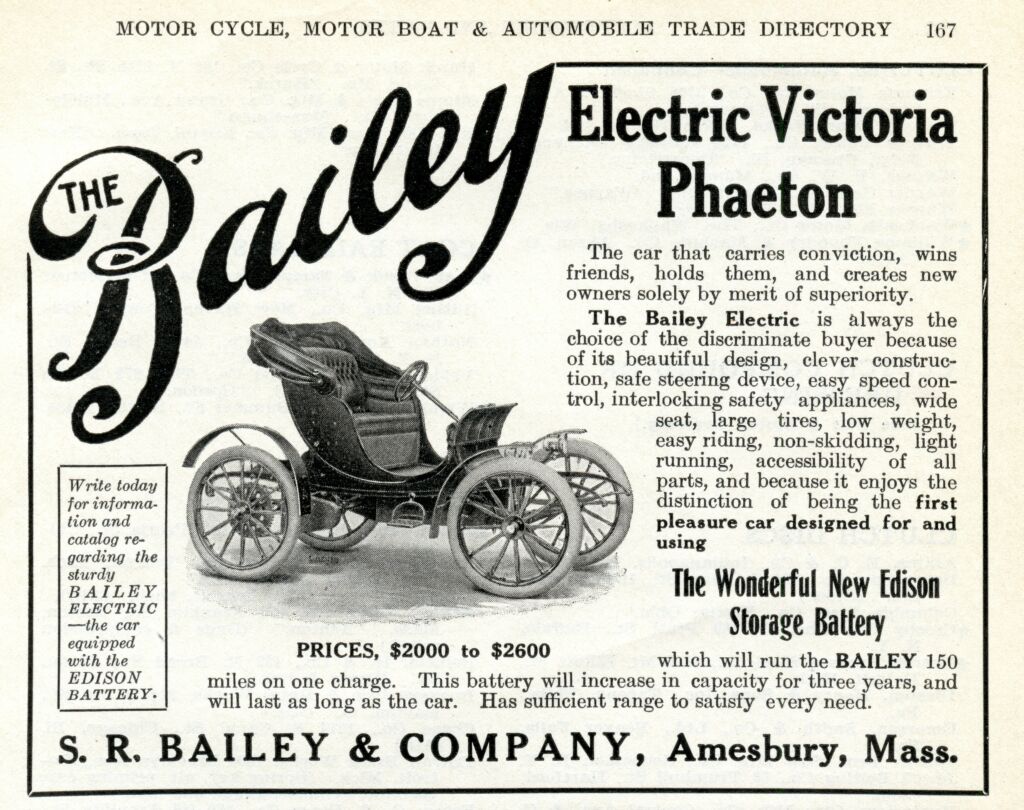
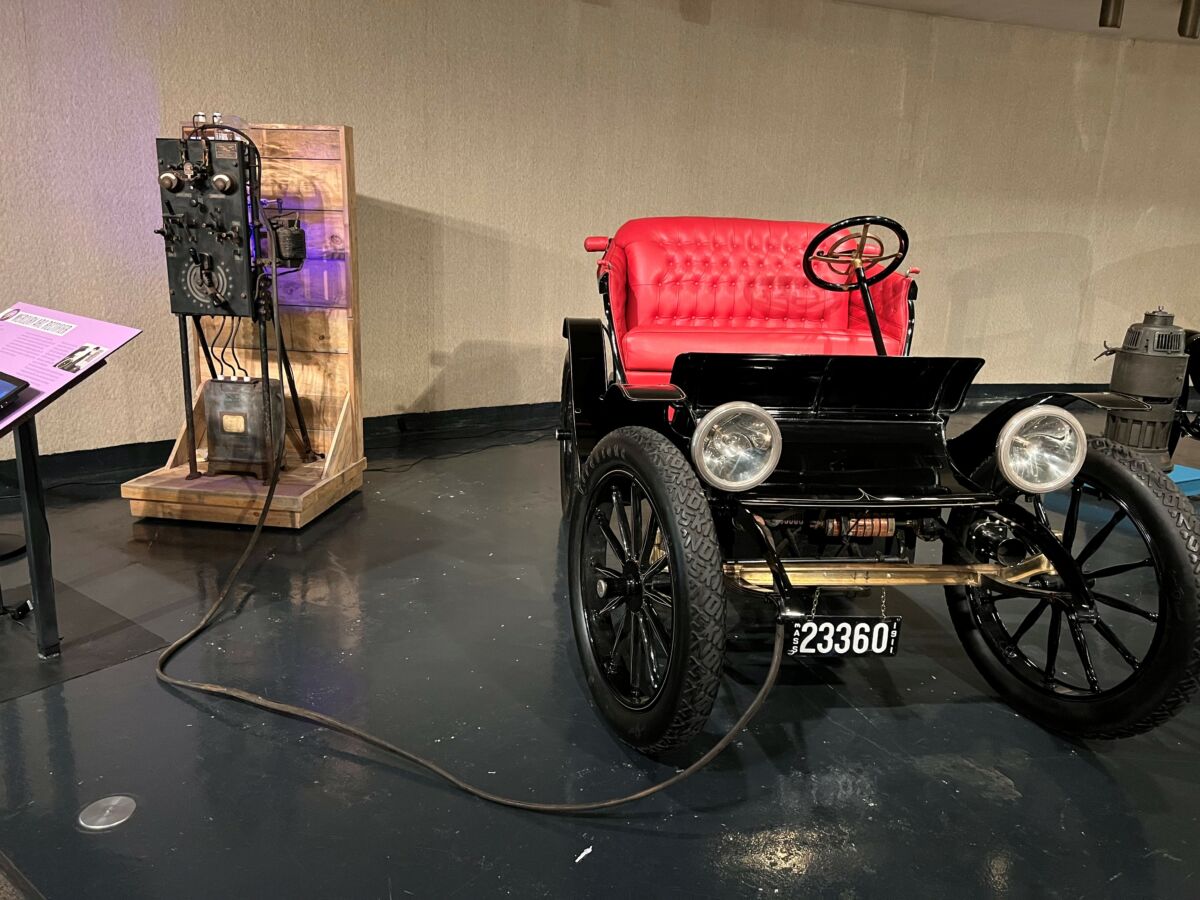
1911 Bailey Electric Victoria Phaeton, on loan from Bart Bailey
Two electric cars are featured in the Charging Ahead exhibit, as well as the chargers needed to refresh their batteries. The oldest car in the exhibit is a 1911 Bailey Electric Victoria Phaeton. The S.R. Bailey Company was founded initially as manufacturer of horse-drawn carriages and sleighs in Amesbury, Massachusetts. In 1898 Colonel Edward Warren Bailey made his first electric car. There was just one problem – the inefficient batteries available at the time made the car too heavy to move! Eventually, battery technology evolved and Bailey produced five different models of electric cars between 1908 and 1916. Despite its simple, carriage-like appearance, the Bailey Electric was designed to be a sturdy, rugged vehicle. Impressively, its top speed was over 20mph, and it could go 150 miles on one charge under ideal driving conditions.
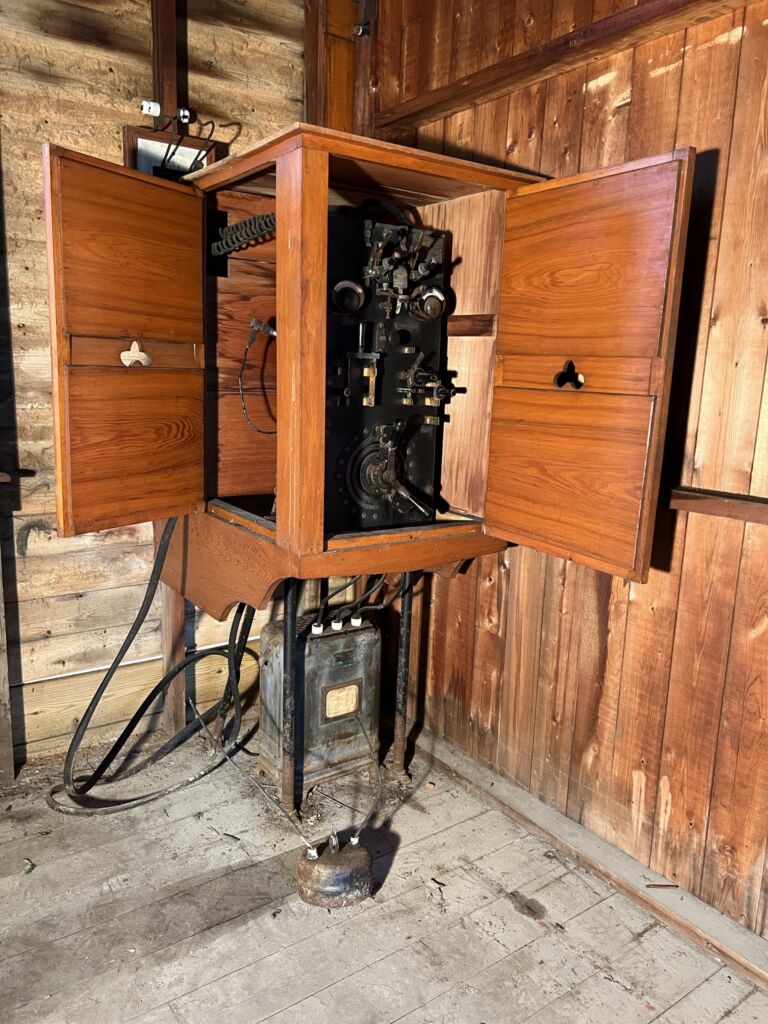
A device called a mercury arc rectifier was needed to charge the Bailey. In 2022 Heritage Museums & Gardens received a gift of a c. 1906 mercury arc rectifier from William and Frances Tosches. Until that time, it was still installed in its original location in Hull, Massachusetts where it had been for over one hundred years. In the early twentieth century, Daniel and Elizabeth Goodnow owned a waterfront summer home in Hull with an adjacent barn. This mercury arc rectifier was installed in the barn to charge the 1908 Bailey Victoria Phaeton electric car that belonged to their 32-year-old daughter Fannie (1876-1961).
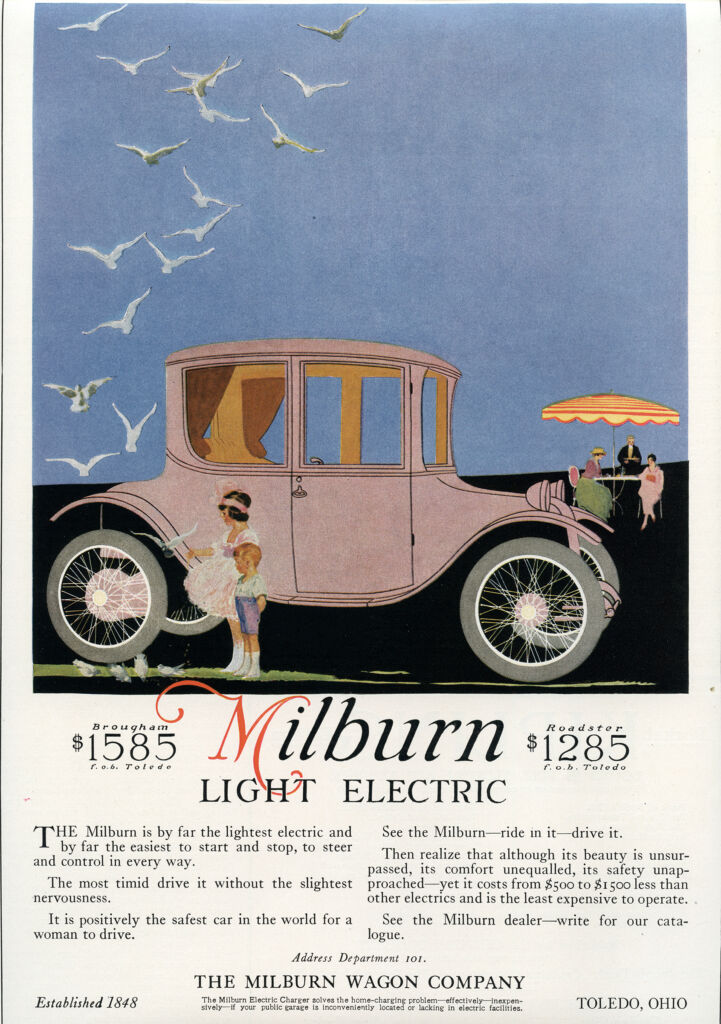
Heritage’s own 1917 Milburn Light Electric is also featured in Charging Ahead, with a Hertner Electric and Manufacturing Company charger. Milburn was one of the more successful makers of electric automobiles. Their cars were reasonably priced and lightweight which allowed them to travel farther on a single charge. The company also offered a unique battery pack on rollers, allowing fresh batteries to be installed in only two minutes. Eliminating the downtime required for re-charging made the Milburn more versatile and useful than other electric cars.
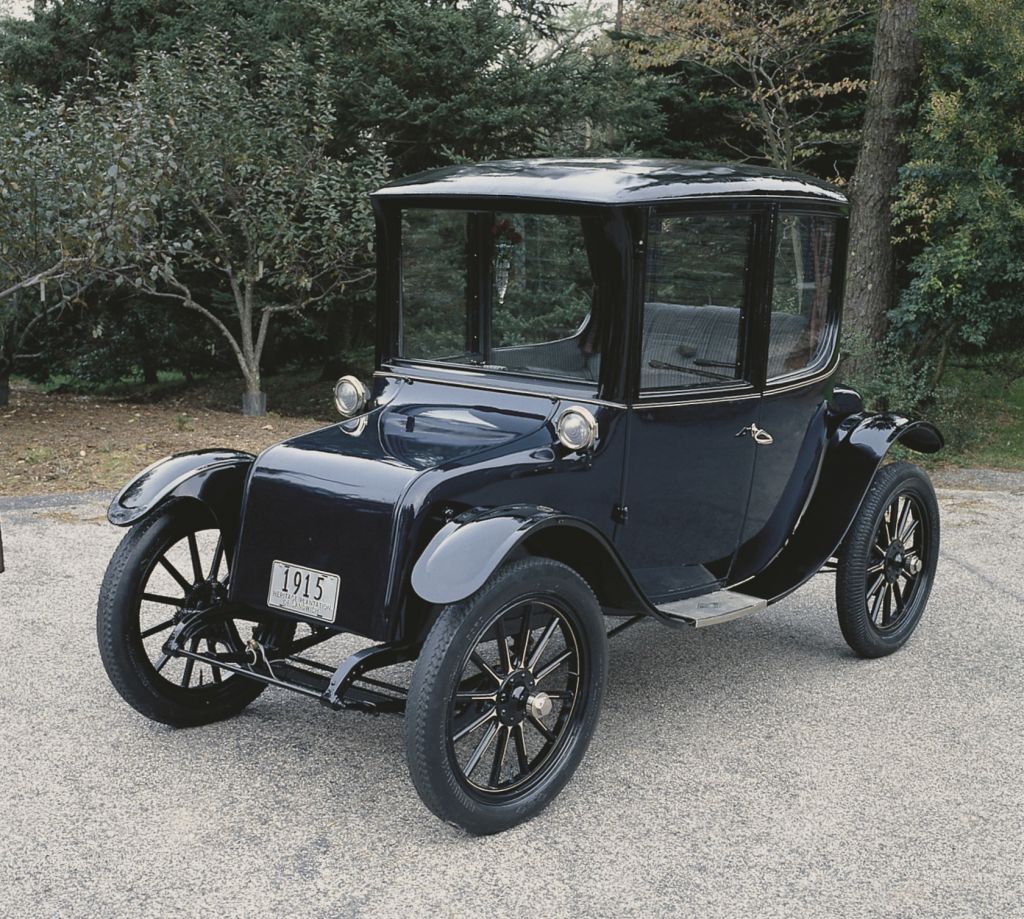
The development of the automatic starter for gas cars in 1912 signaled the beginning of the end for electric vehicles. The reasons sound surprisingly similar to current conversations about electric cars. Battery technology limited travel distance, and charging infrastructure didn’t exist outside of cities. Recharging time took longer than a quick fill of a gas tank. The early electric vehicle manufacturers were soon out of business. Fortunately for the environment, electric cars are making a strong comeback and are expected to outpace the manufacture of gasoline cars within the next decade.








